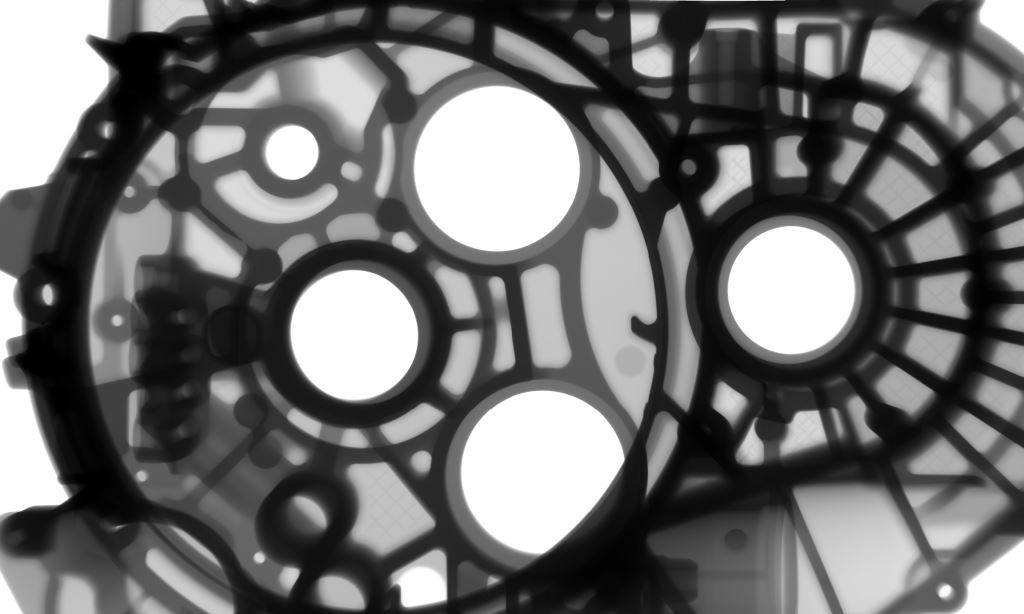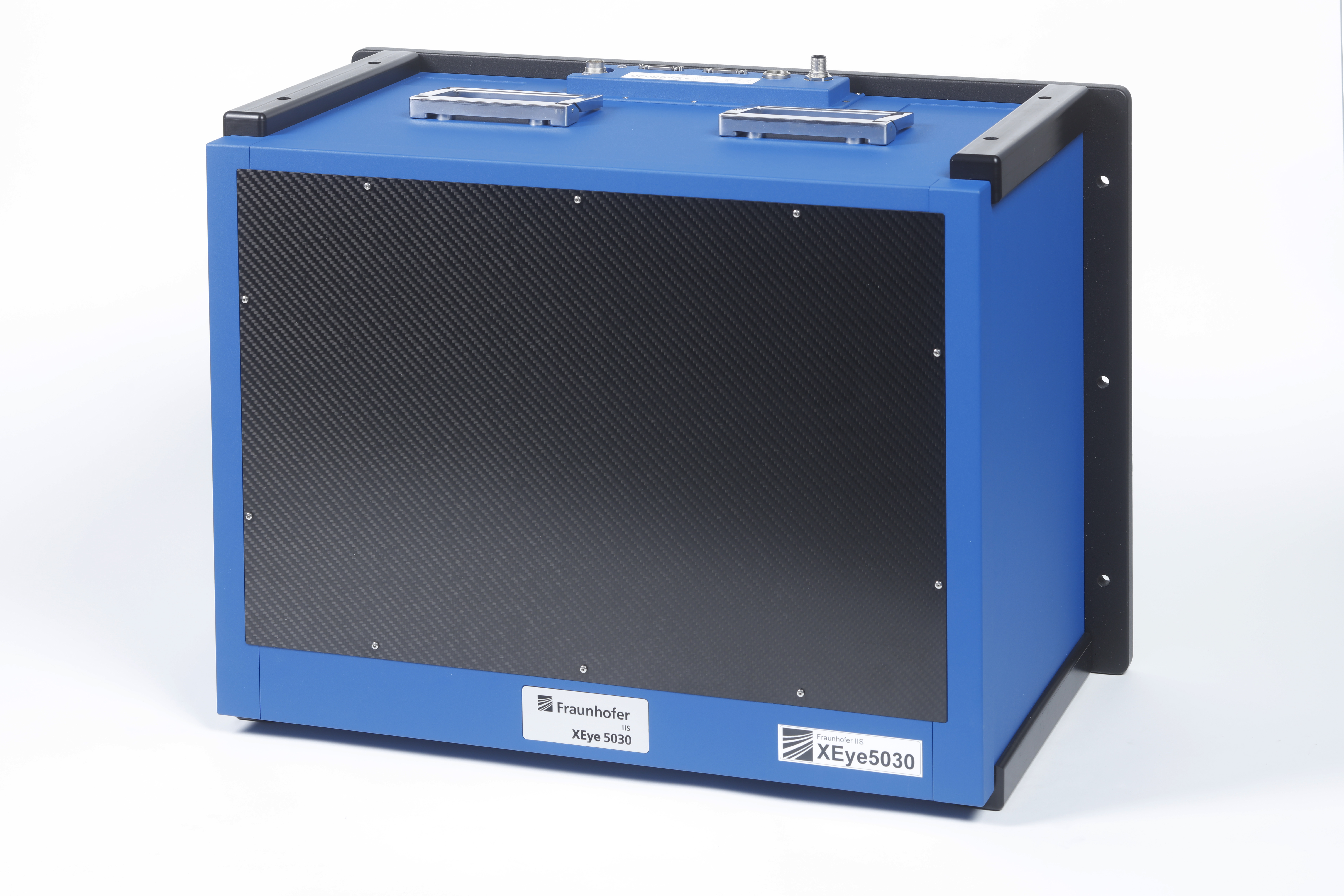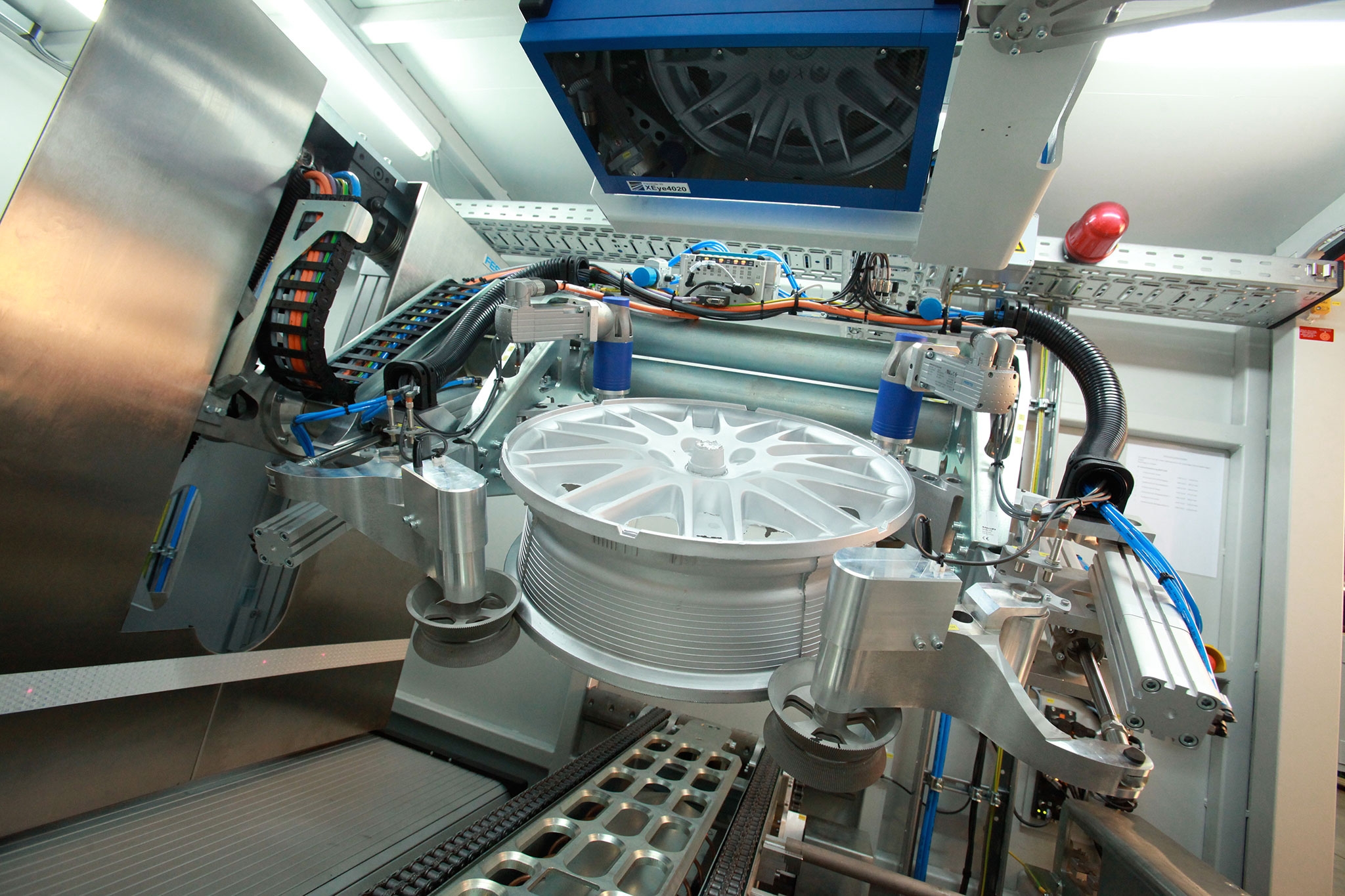X-ray technology plays a central role in nondestructive material testing. The X-ray detector or X-ray image is crucial to the performance of this testing technology. While X-ray film was used as the primary imaging element in the past, digital X-ray detectors are now being used increasingly in both medical and industrial sectors. Because the detectors are exposed to the X-radiation as the image is recorded, it is critical for good, consistent image quality that the detectors have a high degree of radiation stability.
In industrial use, flat-panel detectors and conventional line scan cameras suffer irreversible damage after short periods of operation due to high radiation exposure and must be replaced. Because the scintillator does not completely absorb the X-rays, the semiconductor located directly behind it is damaged by the radiation. This becomes noticeable, for example, in pixel or column defects, or in the superimposition of various images, the so-called image lag.
The consistently high image quality and long service life of the XEye digital X-ray detector developed at the Fraunhofer Development Center for X-ray Technology (EZRT) in Fürth, Germany, ensures reliable results in industrial X-ray inspection over many years of use. Due to the detector’s robust image quality, image processing parameters no longer need to be updated for automatic fault detection.
The operating principle of these X-ray detectors is based on a digital scan of a luminous film (scintillator screen) that emits visible light when irradiated by X-rays. Multiple optical cameras capture overlapping areas of the image on the scintillator screen. These partial images are then merged seamlessly into the complete image. The patented radiation shielding concept that protects all of the optical and electronic components from radiation up to tube voltages of at least 225 kV ensures a long service life and the consistently high image quality of these X-ray detectors.


